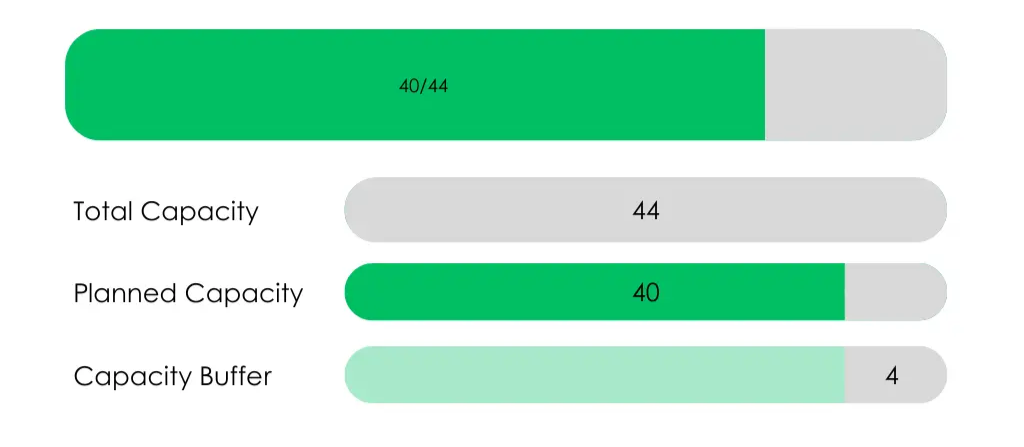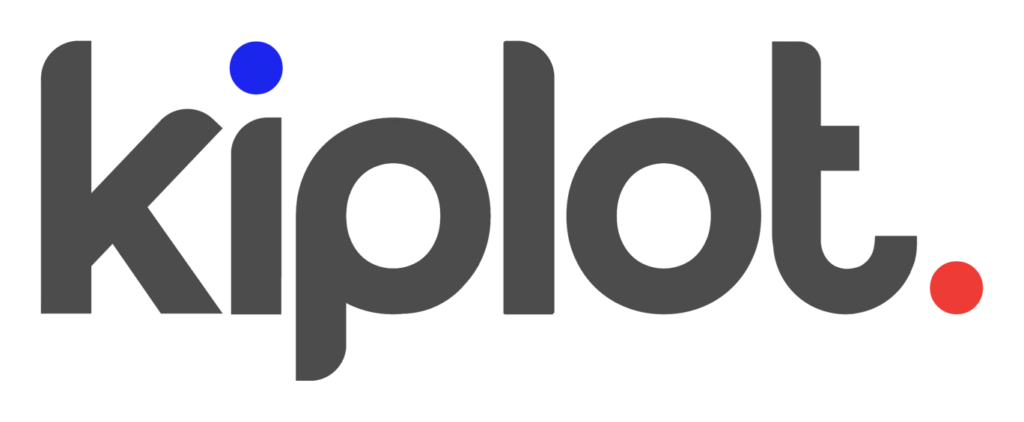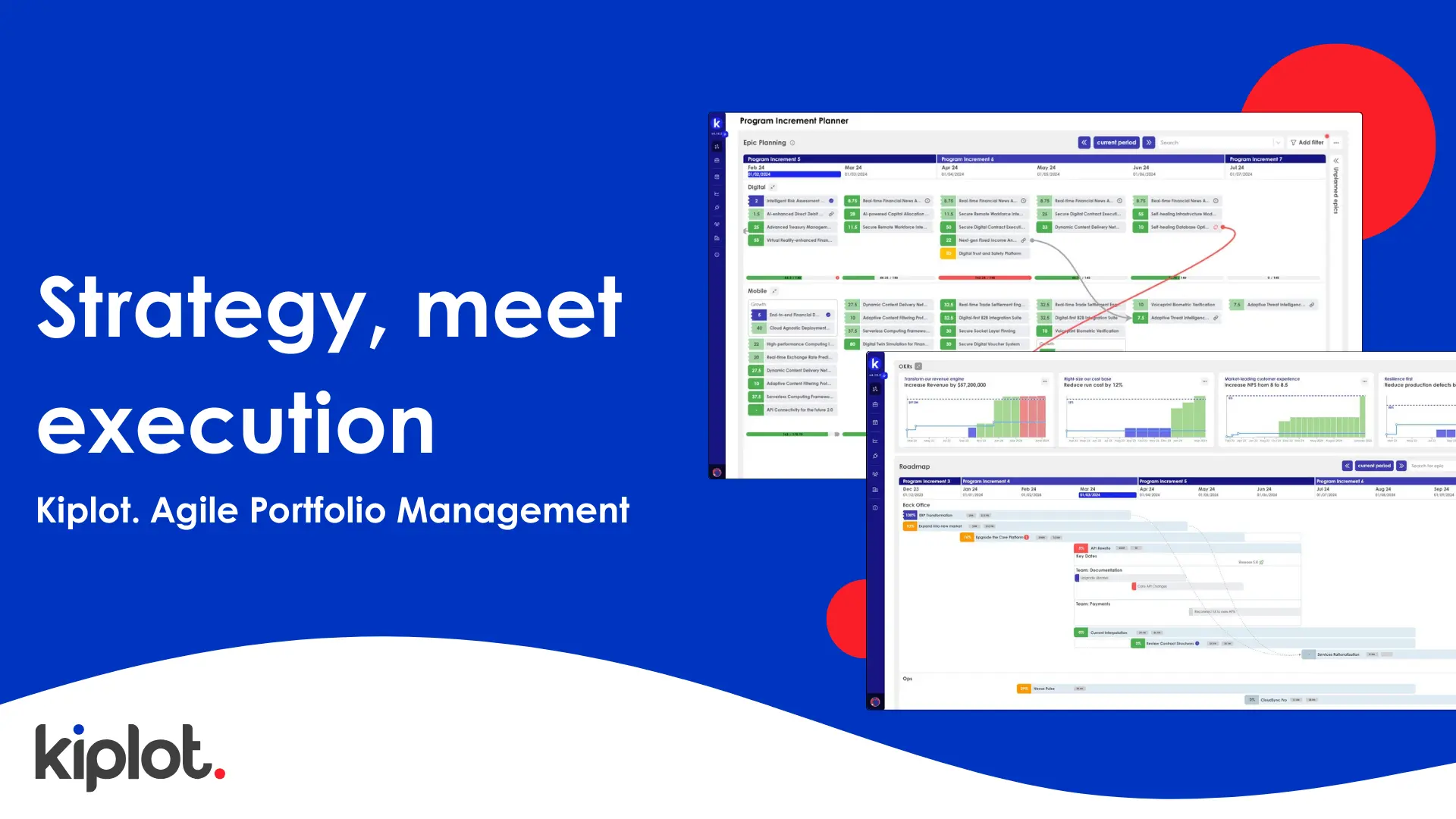Introduction
The unexpected is not just possible—it’s inevitable. Even with meticulous planning, urgent work can arise during a Program Increment (PI) that demands immediate attention. For organizations operating within the Scaled Agile Framework (SAFe), managing these disruptions without derailing the overall objectives of the PI is an obstacle that must be managed and overcome.
The mid-PI phase is particularly vulnerable to these interruptions, where teams are deeply engaged in executing planned work. Handling urgent tasks effectively requires not only a clear strategy but also an understanding of how to balance immediate demands with the longer-term strategic goals of the organization.
In this article, we’ll explore how to integrate urgent work into your PI without sacrificing the momentum and alignment that are crucial for successful Agile delivery at scale.
💡 A Program Increment (PI) is a time-boxed period, typically lasting 8-12 weeks, during which an Agile Release Train (ART) delivers incremental value in the form of working software or systems. A PI is composed of multiple iterations (sprints) and serves as a larger planning and delivery cycle in the Scaled Agile Framework (SAFe). During a PI, teams plan, develop, test, and deliver features and capabilities that align with the organization’s strategic objectives.

The hidden impacts of urgent work
Urgent work, by its nature, tends to disrupt the flow of planned activities. In a scaled Agile environment the ripple effects can extend far beyond the immediate individuals affected. When urgent tasks arise mid-PI, they can threaten to pull resources away from strategically aligned work, create bottlenecks, and disrupt the carefully orchestrated balance of the program increment.
For organizations committed to delivering value at scale during a PI, it's essential to understand the potential impact of these disruptions. A single high-priority task can cause a cascade of delays, misaligning teams from their strategic objectives and widen the gap between planned and delivered value. Frequent interruptions with urgent work can lead to team fatigue, erode morale, and ultimately impact the quality and value of the delivered work.
To effectively manage urgent work without losing sight of the bigger picture, it's crucial to have a clear framework in place. This involves not only assessing the urgency and impact of the work but also having mechanisms to reprioritize and reallocate resources in a way that preserves the integrity of the PI.
In the following sections, we'll explore the key strategies for integrating urgent work into your PI cycle, ensuring that your teams remain focused, productive, and aligned with organizational goals.
Strategies to manage urgent work
To manage urgent work successfully, organizations must employ a combination of strategic assessment, prioritization, and resource management techniques.
💡 Identify how urgent the request really is using predefined criteria
1. Assess the urgency and impact
When urgent work arises, the first step is to assess its urgency and potential impact on the PI cycle and organization. This assessment should be guided by predefined criteria.
- Prioritization Frameworks: Utilize prioritization frameworks such as Weighted Shortest Job First (WSJF) or the RICE method to evaluate the task. WSJF, commonly used in SAFe, prioritizes work based on the cost of delay and the relative effort required. This method ensures that the most economically beneficial tasks are prioritized, minimizing the impact on value delivery.

- Decision-Making Criteria: Establish a clear decision-making framework that includes criteria such as the task’s alignment with business objectives, risk mitigation, and resource availability. This helps ensure that decisions are made quickly but tactically, based on data and strategic priorities.
💡 Incorporating urgent work into your PI cycle workstream
2. Push for the minimum viable product
When urgent work arises during a Program Increment (PI), it’s essential to focus on delivering the Minimum Viable Product (MVP) to meet the immediate needs without overextending your team or derailing other planned work.
- Define the Core Requirement: Begin by identifying the core requirement of the urgent request. Determine the minimum functionality needed to address the issue effectively. This involves stripping down the task to its essential elements, focusing on what must be delivered immediately to resolve the problem.
- Avoid Scope Creep: Resist the urge to add features or enhancements that, while valuable, are not critical to solving the immediate need. Scope creep can quickly turn a manageable task into a disruptive project. Keep the focus on delivering only what is necessary to fulfill the urgent request, further refinement can be planned into the next PI cycle at the following PI planning event.
3. Reprioritize work without derailing the PI
Integrate the MVP into the current workstream without significantly impacting ongoing projects. This might involve temporarily deprioritizing less critical tasks or reallocating resources, but the key is to maintain momentum on other PI objectives while addressing the urgent need.
- Impact on Team Capacity: Evaluate the impact of the new task on your team’s capacity. If the task is urgent but does not align with current sprint goals, consider pulling it into the current sprint as an “emergency work” item, while deprioritizing less critical tasks. This keeps teams focused on delivering value while accommodating the urgent work.
- Realignment of Goals: It’s crucial to communicate any reprioritization with the teams involved to ensure that everyone understands the revised goals and timelines. This realignment can involve adjusting sprint goals or even re-negotiating PI objectives if the urgency is significant enough to warrant it.
4. Capacity buffering
Capacity buffering is a proactive strategy that allows teams to absorb unexpected work without derailing planned activities.
- Buffer Allocation: During PI planning, allocate a small percentage (typically 10-15%) of your team’s capacity as a buffer for unplanned work. This means not fully committing all resources during planning, leaving room for flexibility if and when urgent tasks arise.

- Dynamic Adjustment: The buffer is not static—it should be adjusted based on the volatility of the environment. For example, teams working in highly regulated industries or on customer-facing products may need a larger buffer to accommodate frequent changes or urgent tasks.
Conclusion
Managing urgent work during the mid-PI phase is a reality for every organization aiming to maintain agility at scale. By following predefined frameworks for dealing with urgent request, organizations can effectively integrate unexpected tasks without compromising their overall Program Increment objectives. The ability to manage these disruptions through to delivery while maintaining delivery of planned value is a key differentiator for organizations that are closer to agile maturity.
Kiplot’s Portfolio Management software is built to support these challenges. By providing a complete Agile Portfolio Management platform that integrates strategic planning, dynamic resource allocation, and real-time visibility, Kiplot enables organizations to scale enterprise agility in line with SAFe principles. Whether you’re managing urgent work or optimizing your portfolio for long-term success, Kiplot ensures that your teams remain focused, agile, and aligned with the goals that matter most.
Learn more about how Kiplot can enhance your Portfolio Management and help you navigate the complexities of scaling Agile at the enterprise level within SAFe, by exploring our Lean Portfolio Management solutions.

